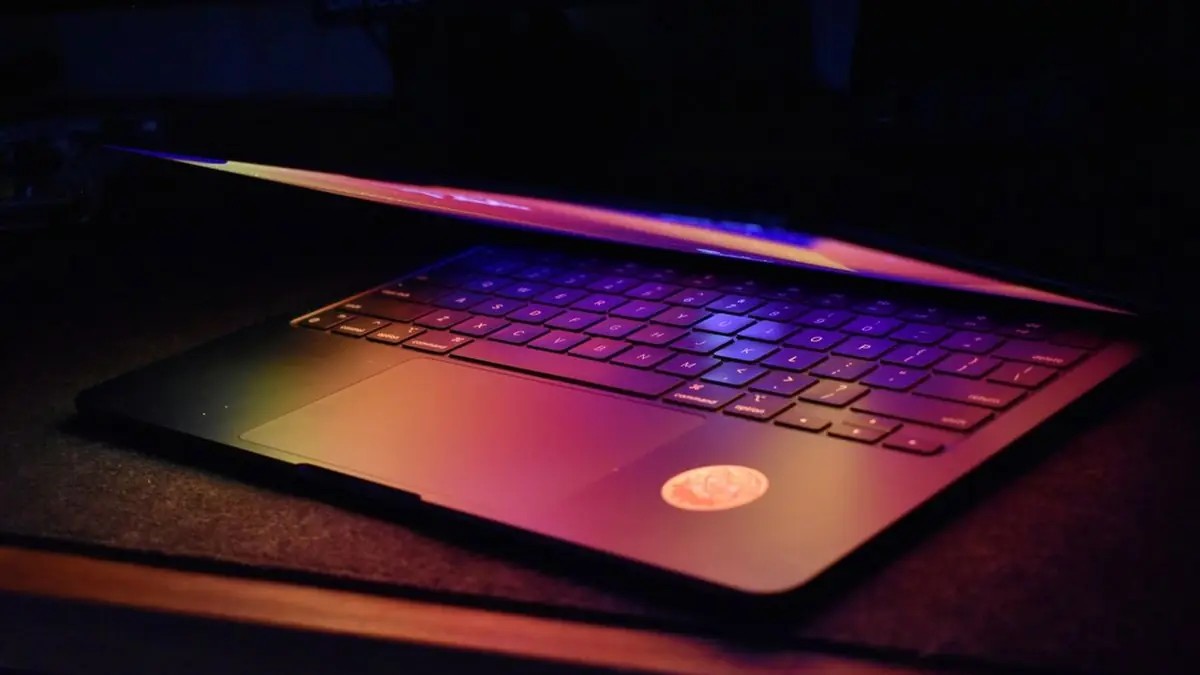Why Does My Brain Feel “Tired-But-Wired” at 9 p.m.?
Quick answer:
“Tired but wired!” It’s often a circadian mismatch… evening light, late stimulants, stress carryover, or under sun-lighted mornings. Gentle light hygiene and wind-down rituals help your nervous system change gears.

“Tired-but-wired,” explained (nervous system + circadian)
That wired-yet-sleepy state usually means your body hasn’t downregulated from a more sympathetic (go) state into a parasympathetic (rest/repair) state. Evening bright light and late mental load can keep alerting signals high while your sleep drive builds in the background. The shift you’re after is simple. You want to shift from tired-but-wired to tired-and-relaxed… so sleep onset feels natural, not forced. Most importantly you want to rise in the morning feeling vibrant, rested and full of energy.
Evening inputs that keep the brain “online”
- Screens & bright light (between 7–11 p.m.). Close, bright, blue-heavy light can delay your natural wind-down.
- Late caffeine & big meals. Stimulants after mid-afternoon or heavy dinners can bump alertness.
- Late-day intensity. Hard workouts, intense conversations, or grinding through tasks extend the “go-mode.”
- Brief nod to environment: Some people report evening sensitivity to EMF load (routers on the nightstand, multiple devices) or indoor air/water quality (e.g., moldy/damp spaces, harsh odors, very hot showers before bed). We’ll explore these deeply elsewhere; here, simply notice patterns and reduce obvious exposures after dusk.
Morning anchors: set the clock early
- A steadier night starts early in the day.
- Keep a consistent wake time (±30 minutes), including weekends.
- Get outside light within 30–60 minutes of waking (even on cloudy days).
- Move a little (walk, mobility, or a few stairs).
- Protein + minerals at breakfast can stabilize energy (food-first (practice): sodium/potassium/magnesium).
Micro-practices that actually help
- 90-minute device dimming. From 7:30–9:00 p.m., reduce screen brightness ~50%, switch to warmer tones, and add distance (TV across the room > phone at 10 inches).
- The 60-Second Downshift (8:45 p.m.).
- Unhook the gaze from screens; rest eyes on a far, soft point.
- Exhale longer than you inhale (e.g., in 4, hold 2, out 6) for ten breaths.
- Unclench jaw and hands; drop shoulders.
- Name the state: “I’m moving from ‘on’ to ‘ease’ now.”
Repeat once more at 9:05 p.m. if you tend to rally.
Create your 7-day experiment (simple & gentle)
Each night, track three things:
- Sunlight time (minutes in AM), last caffeine time, last intense task time.
- Dimming window started at : (Y/N), Downshift done (Y/N).
- Sleepiness 21:00–22:00 (0–5), sleep onset (minutes), night wakings (count).
After a week, keep what helped most. Often it’s morning light + evening dim + one minute of breath.
Now, the question is: Why is downregulating important?
Why downregulation matters
Restful sleep asks for a state change, not just “bedtime.” When you guide your system toward parasympathetic tone in the last hour, you’re teaching your body how to return to center and then, recalibrate: muscles soften, breath lengthens, thoughts slow. In my experience, this is the difference between wired and tired-and-relaxed… the latter is where true rest begins.
Note: If sleep troubles persist or you suspect environmental contributors (e.g., indoor dampness/mold), consider a professional evaluation. We’ll explore broader environment topics in other articles without duplicating book content.
Reflection
Which habit keeps my brain “online” after 9 p.m., and what’s one lighter swap I can make tonight?
CTA
- Reset your system with my 7 – 10-minute “Return to Calm” before the Downshift:
- Explore gentle light/air/sleep tools:
Clinical services are provided within my scope as a licensed clinical psychologist (CA, RI). My Doctor of Integrative Medicine credential is a doctoral degree with board certification by the Board of Integrative Medicine (BOIM) and does not represent a medical/physician license. All educational content is for learning only and is not a substitute for professional medical or psychological care.
About Dr. Nnenna Ndika
Dr. Nnenna Ndika is an integrative, trauma-informed clinical psychologist (CA/RI) and Doctor of Integrative Medicine (BOIM). Her work bridges neuroscience, somatic regulation, and environmental rhythms—simple, minimalist practices that help the body remember safety and the mind regain quiet strength. Silent Medicine is educational only; it does not replace medical or psychological care. Begin with Start Here or explore Mind-Body Healing.






